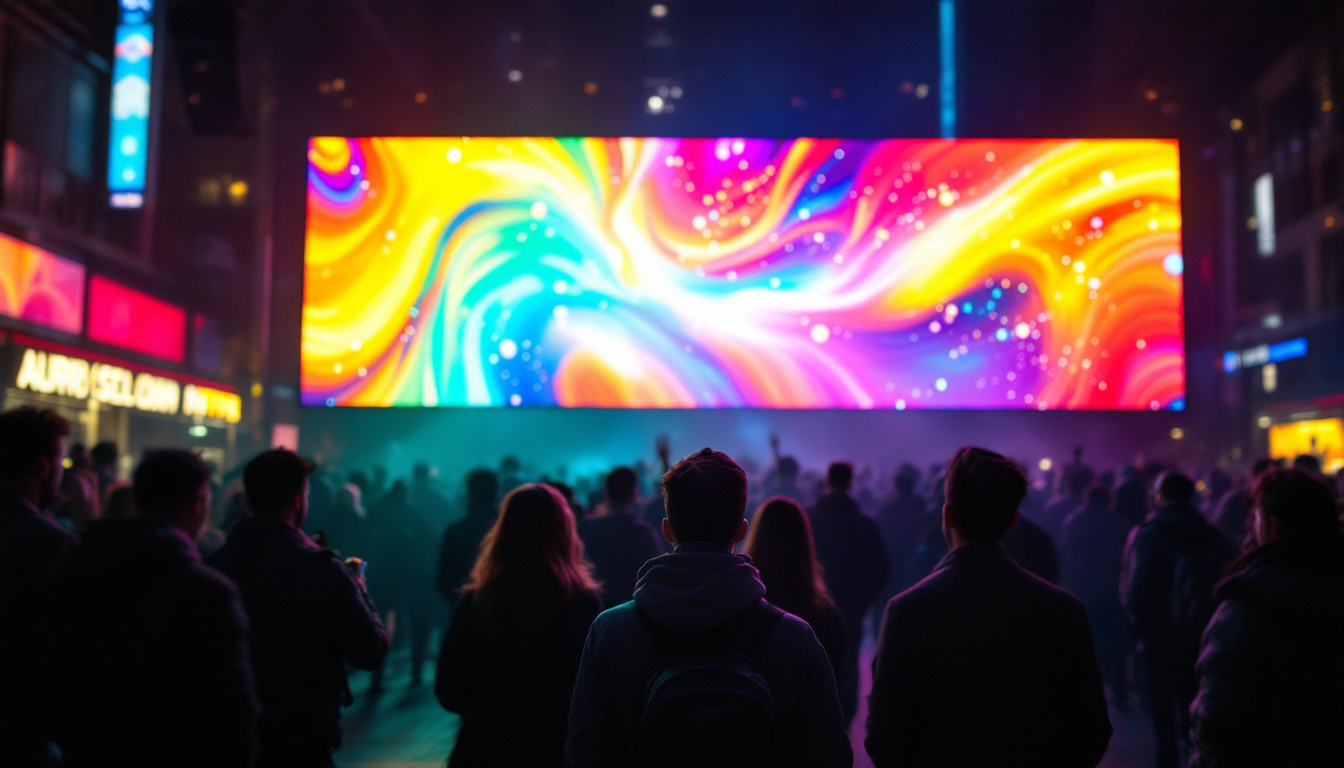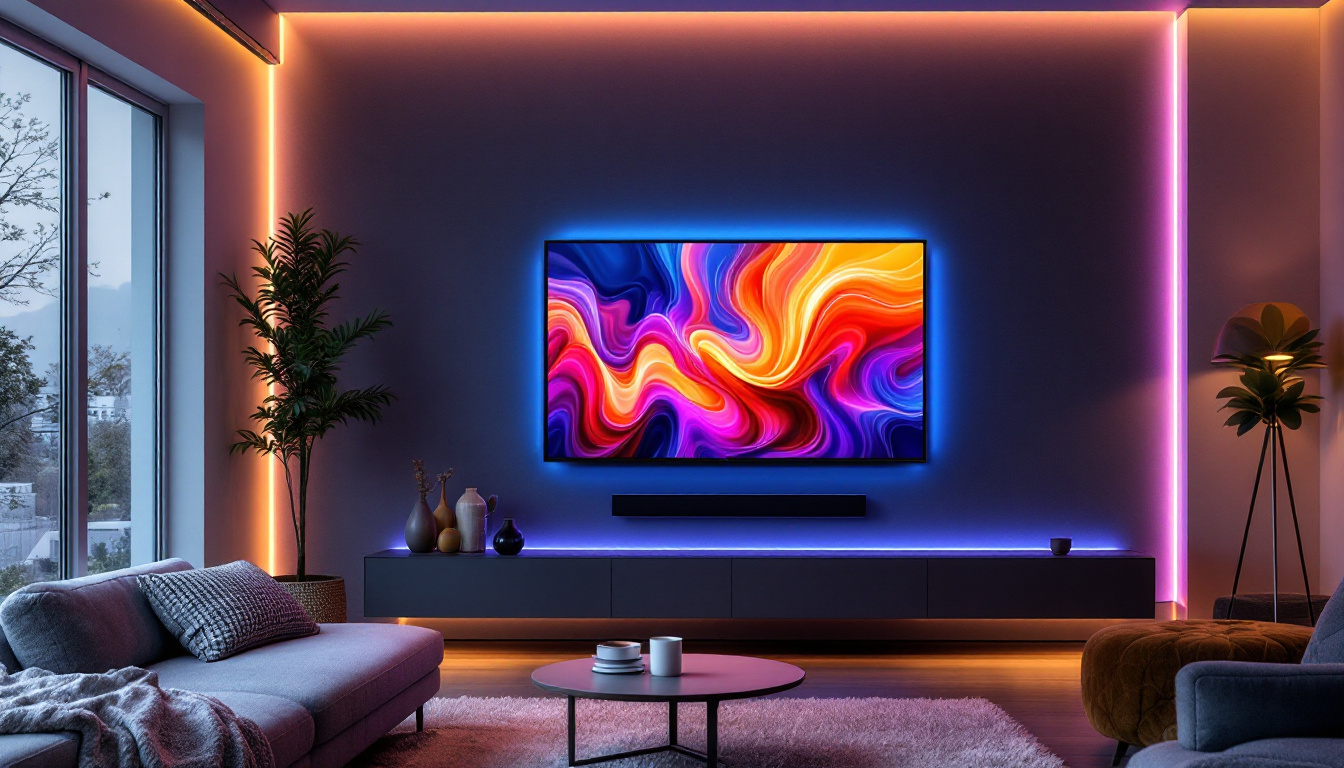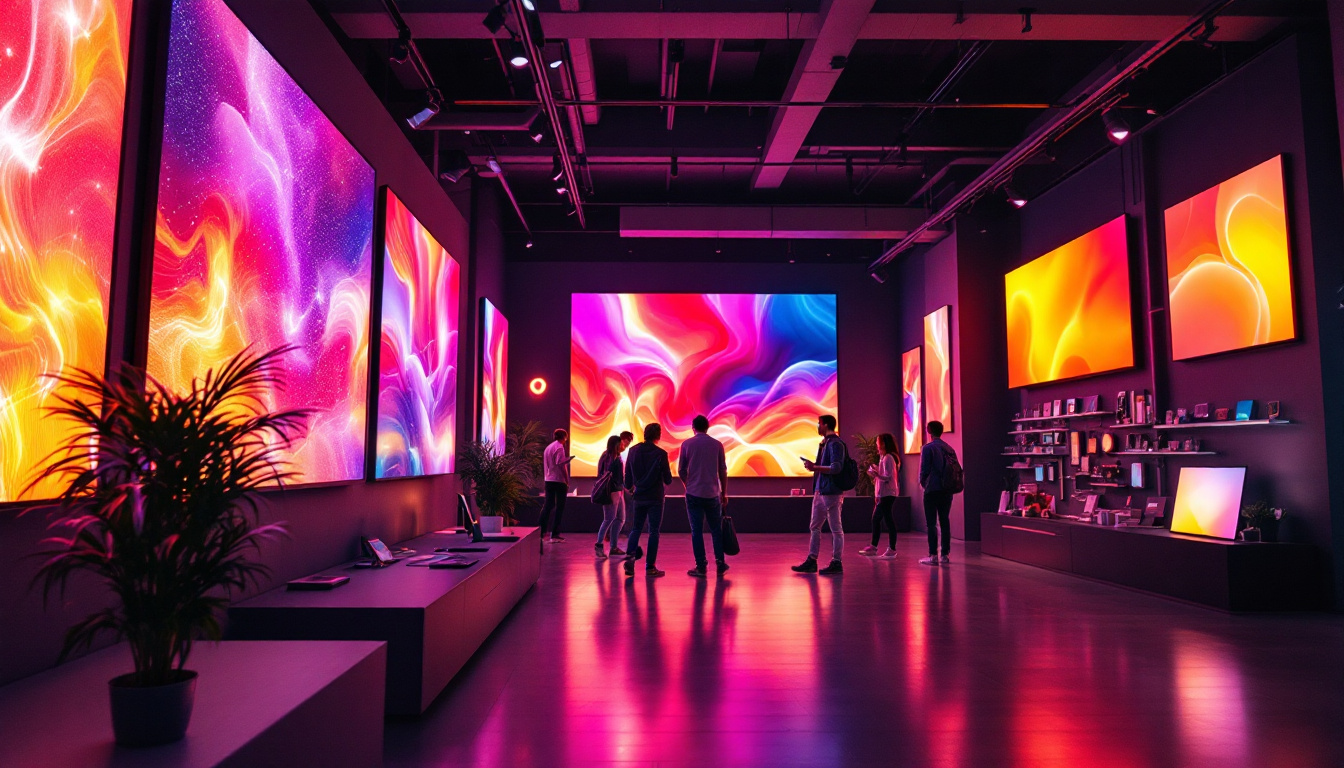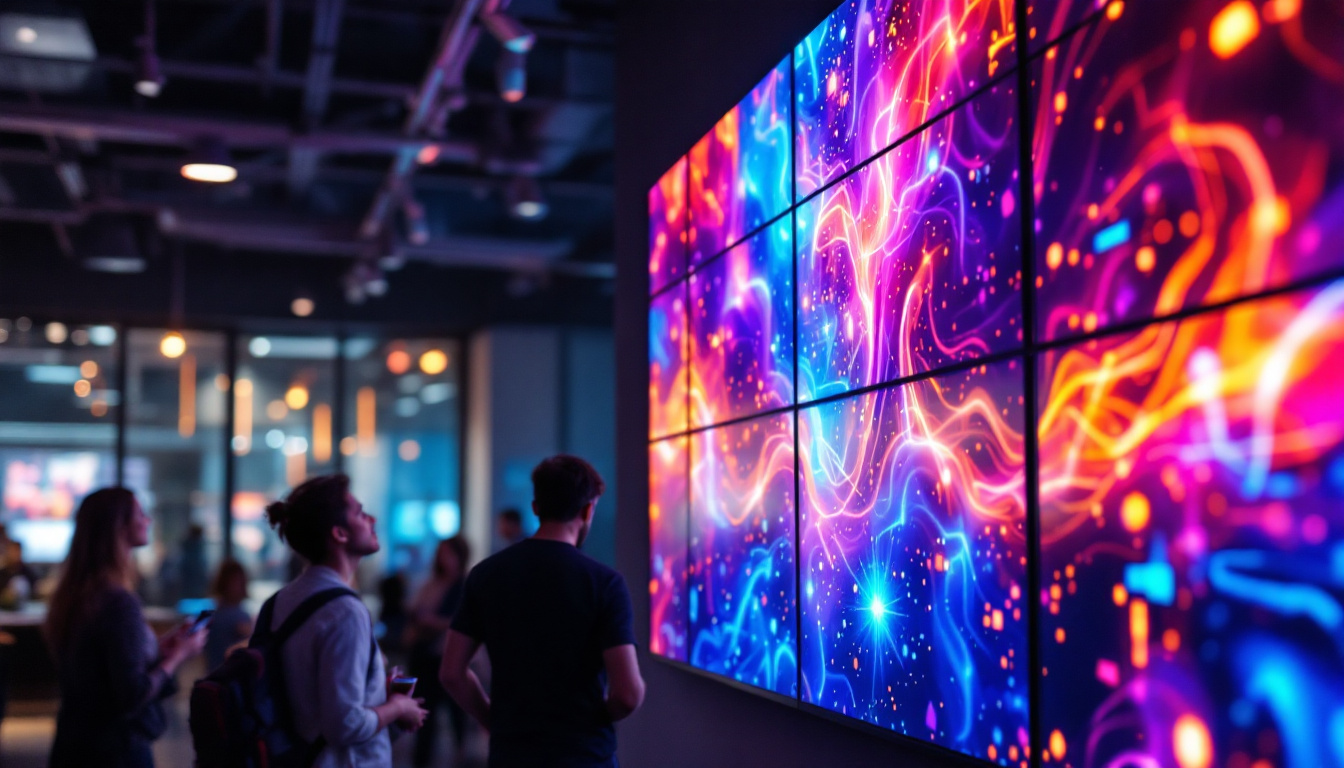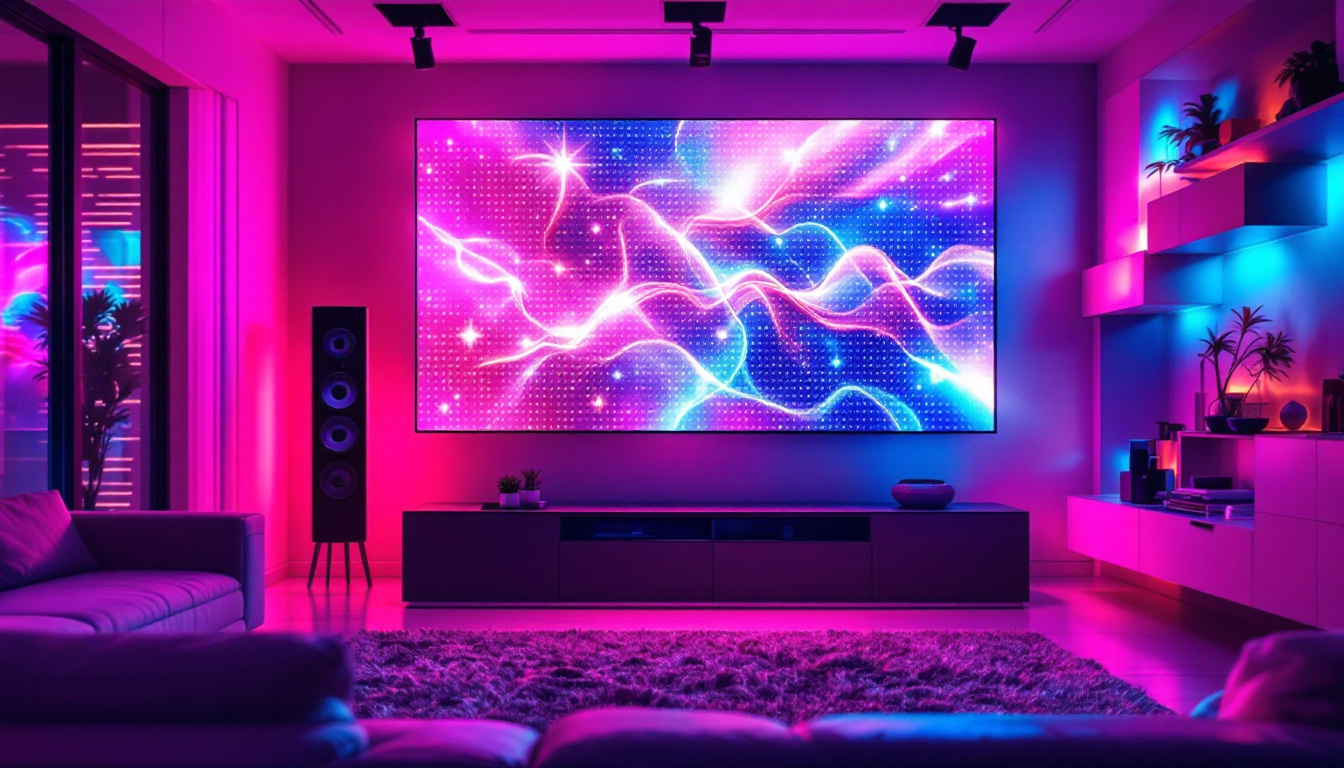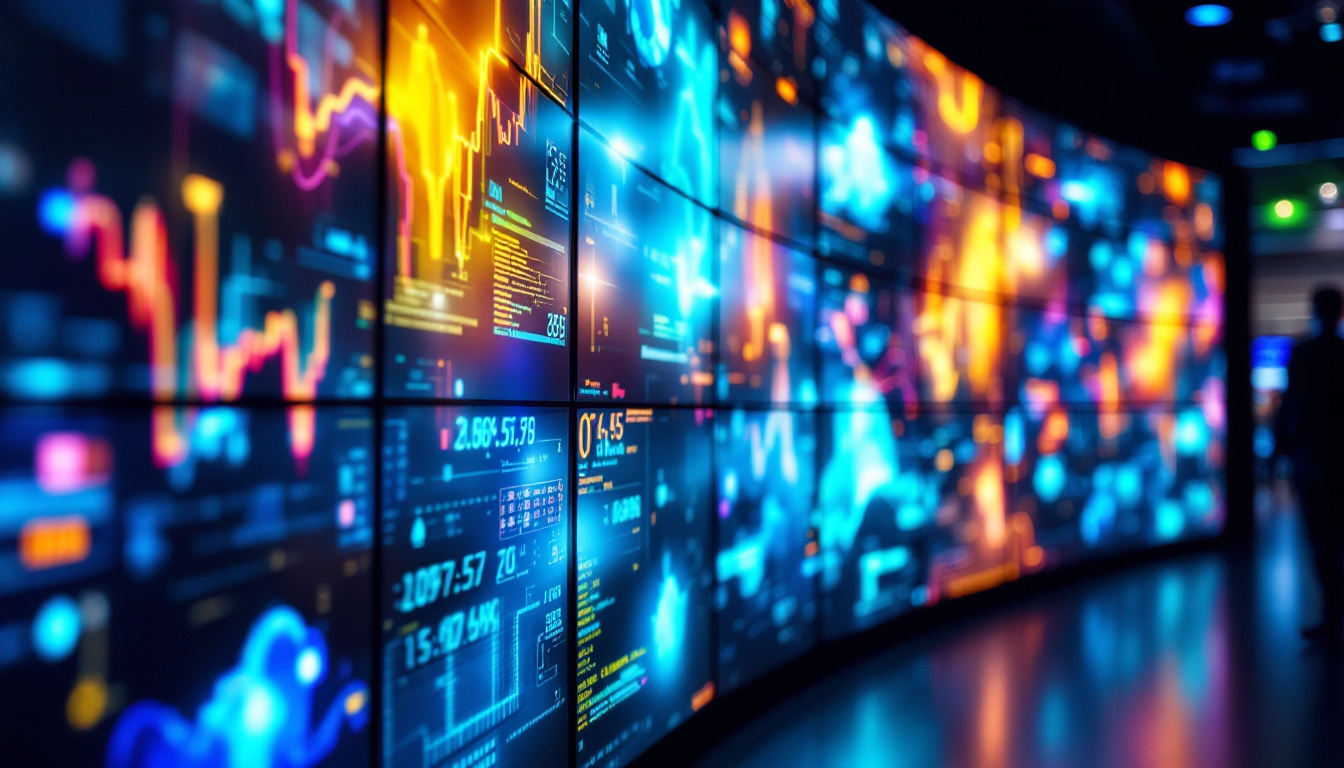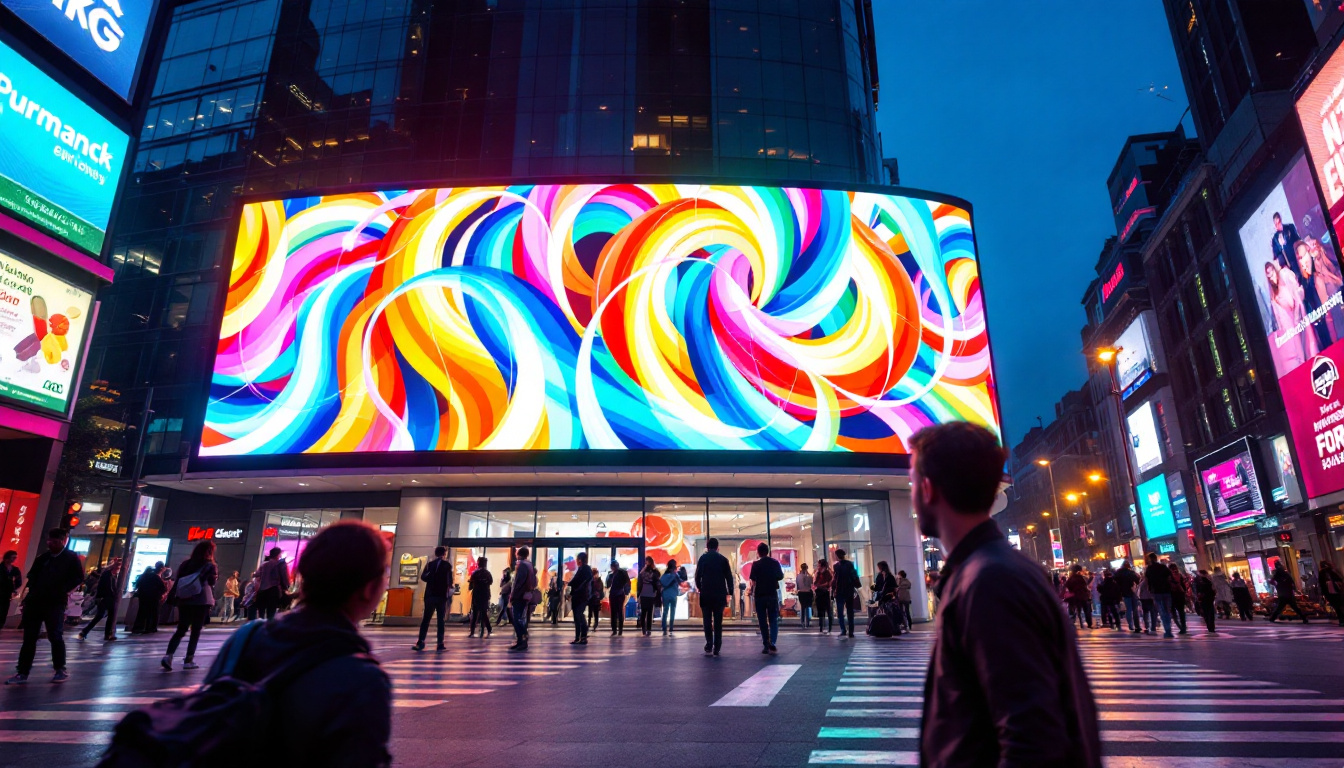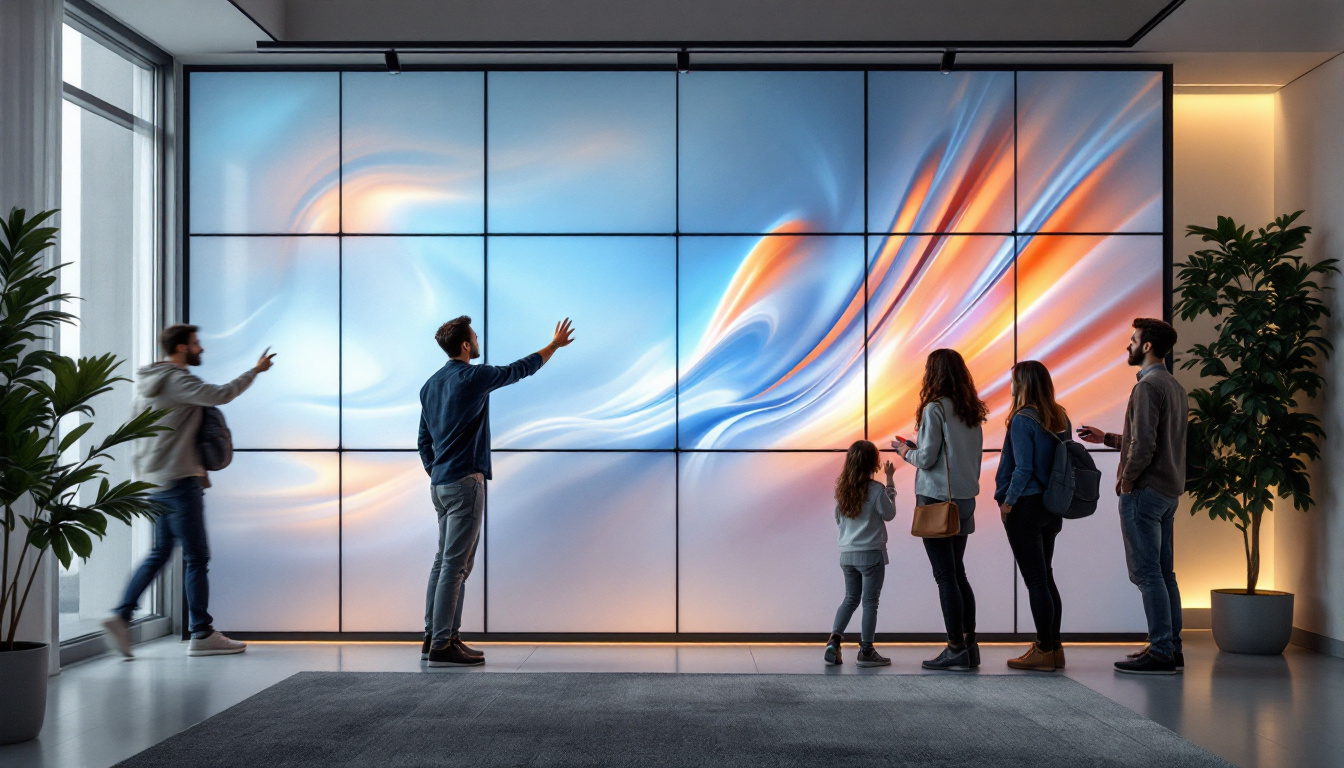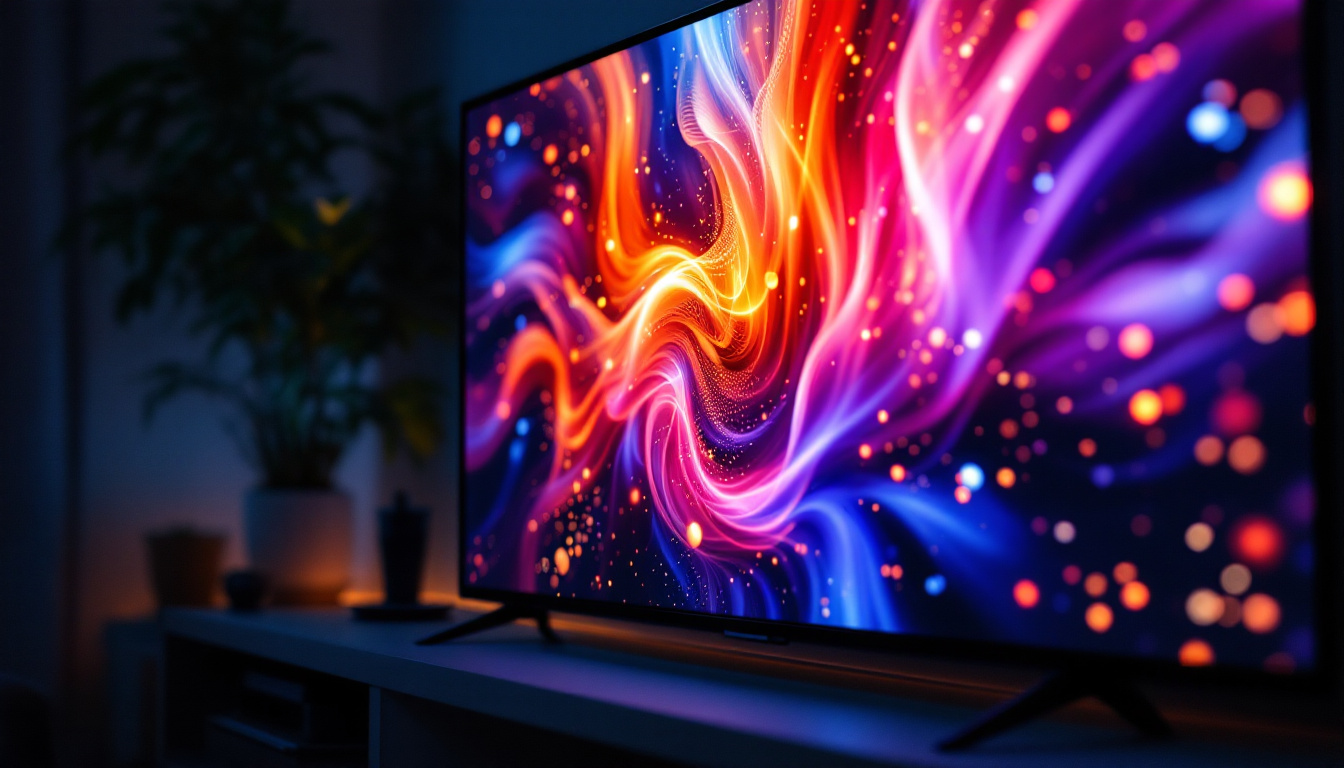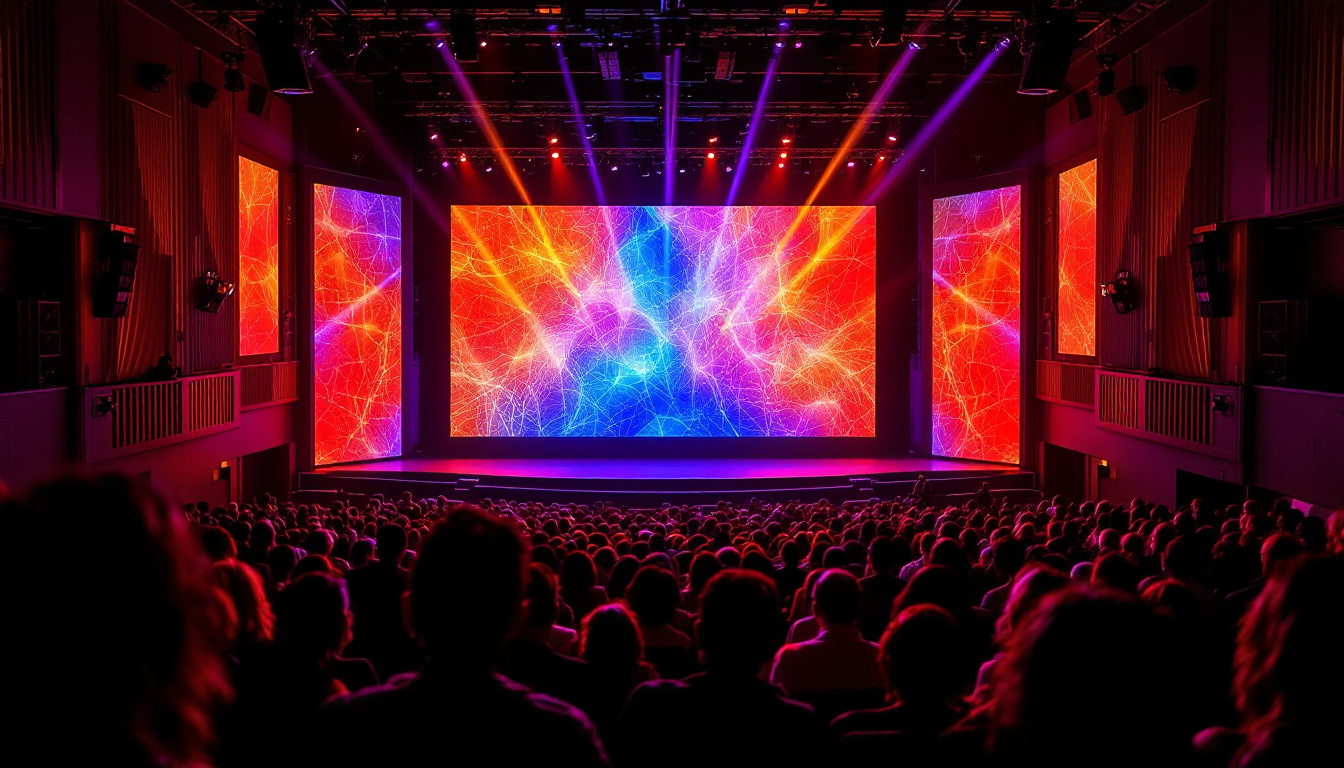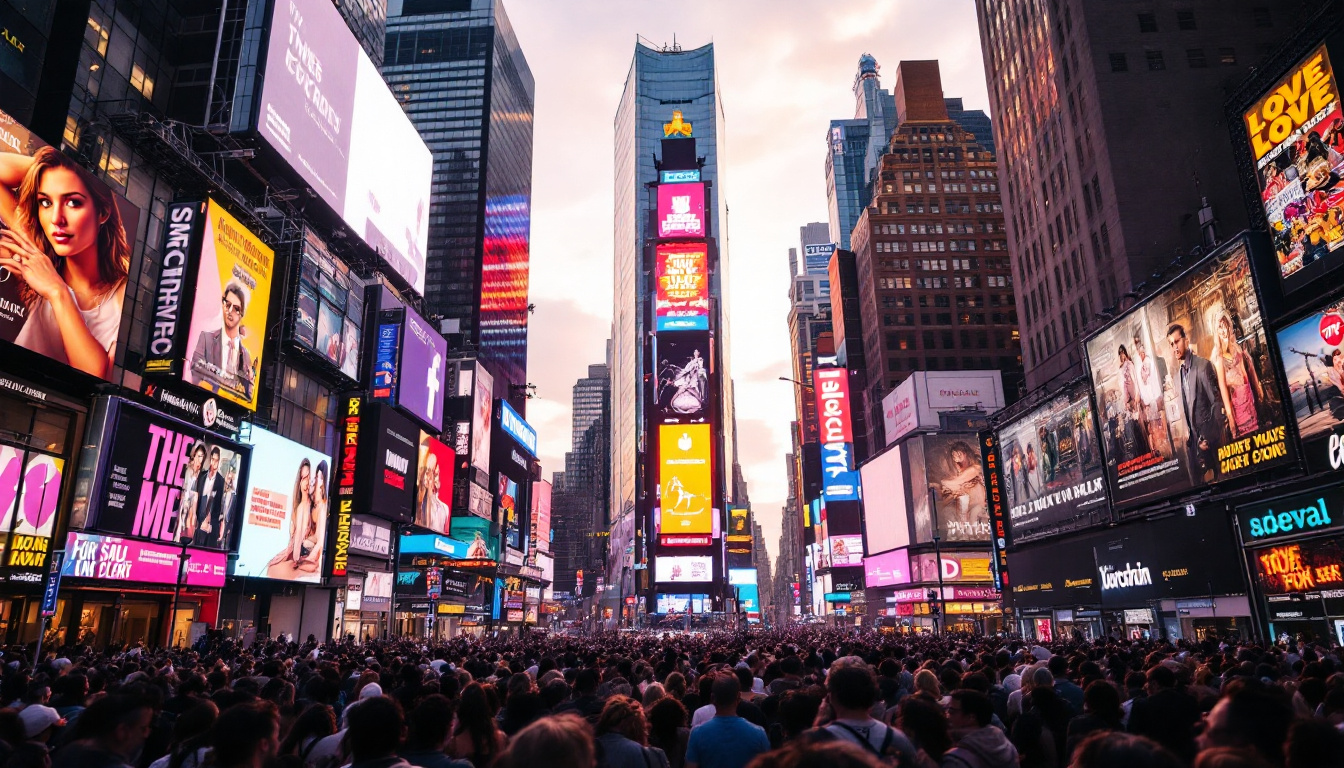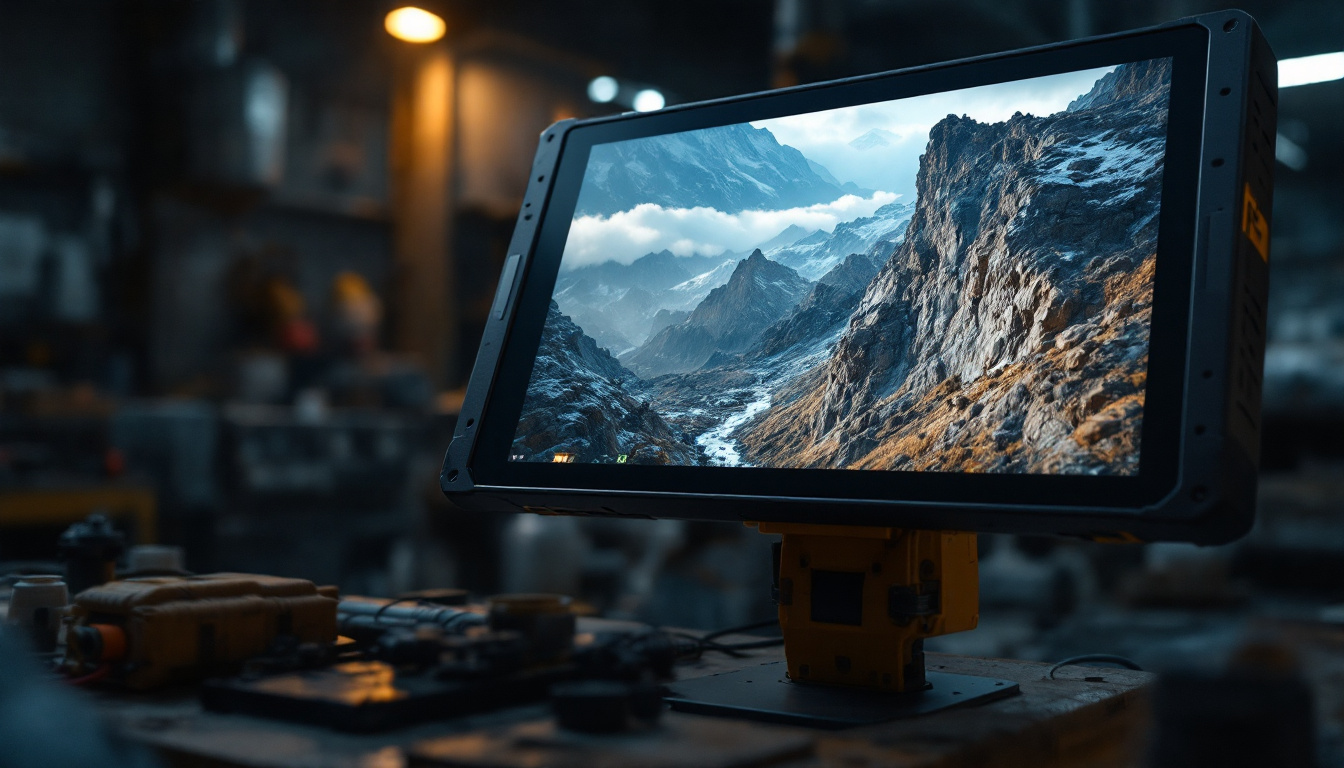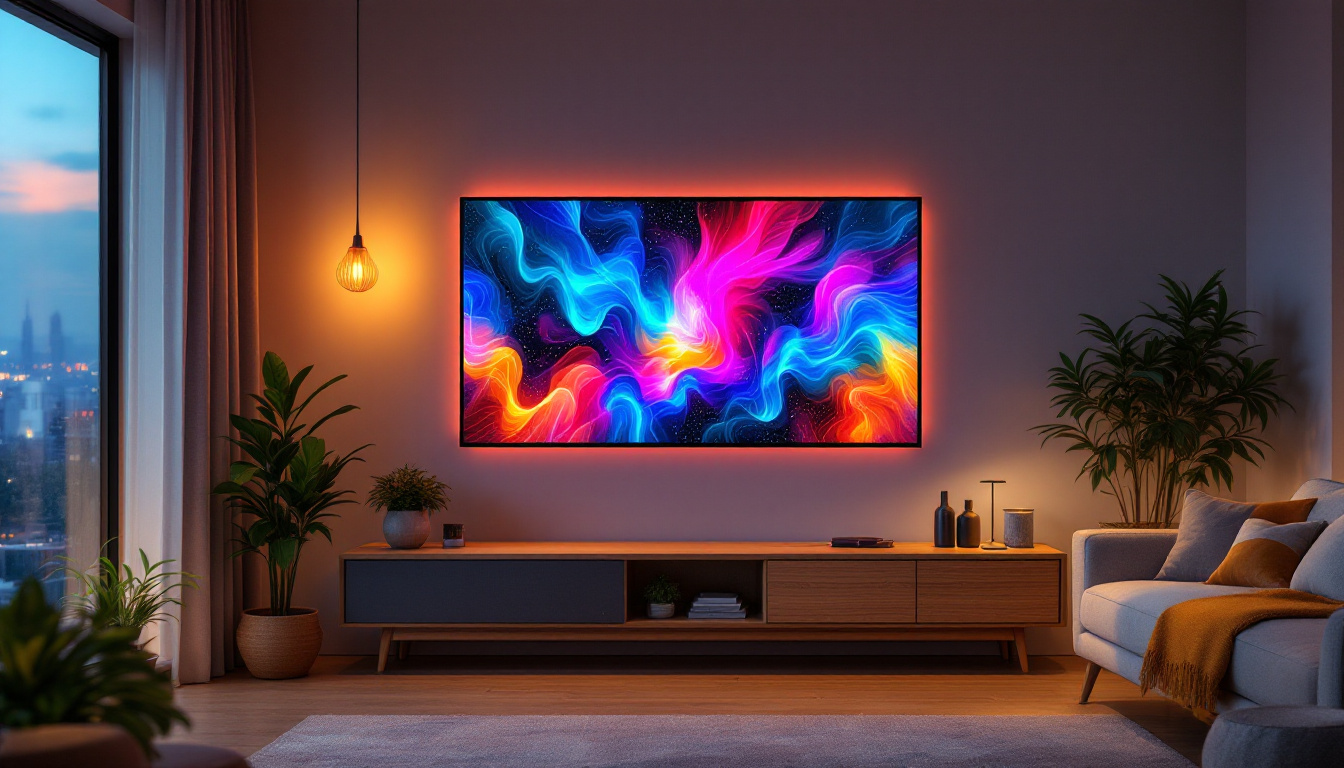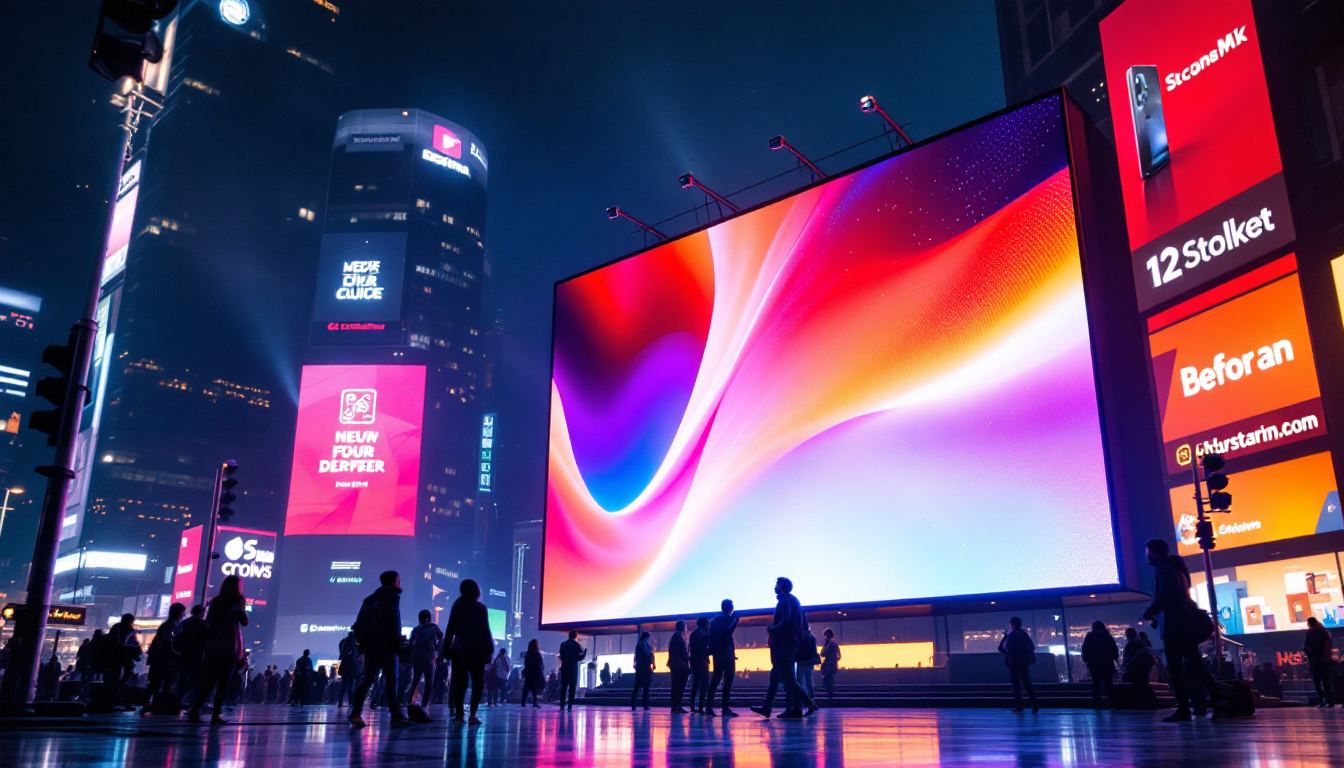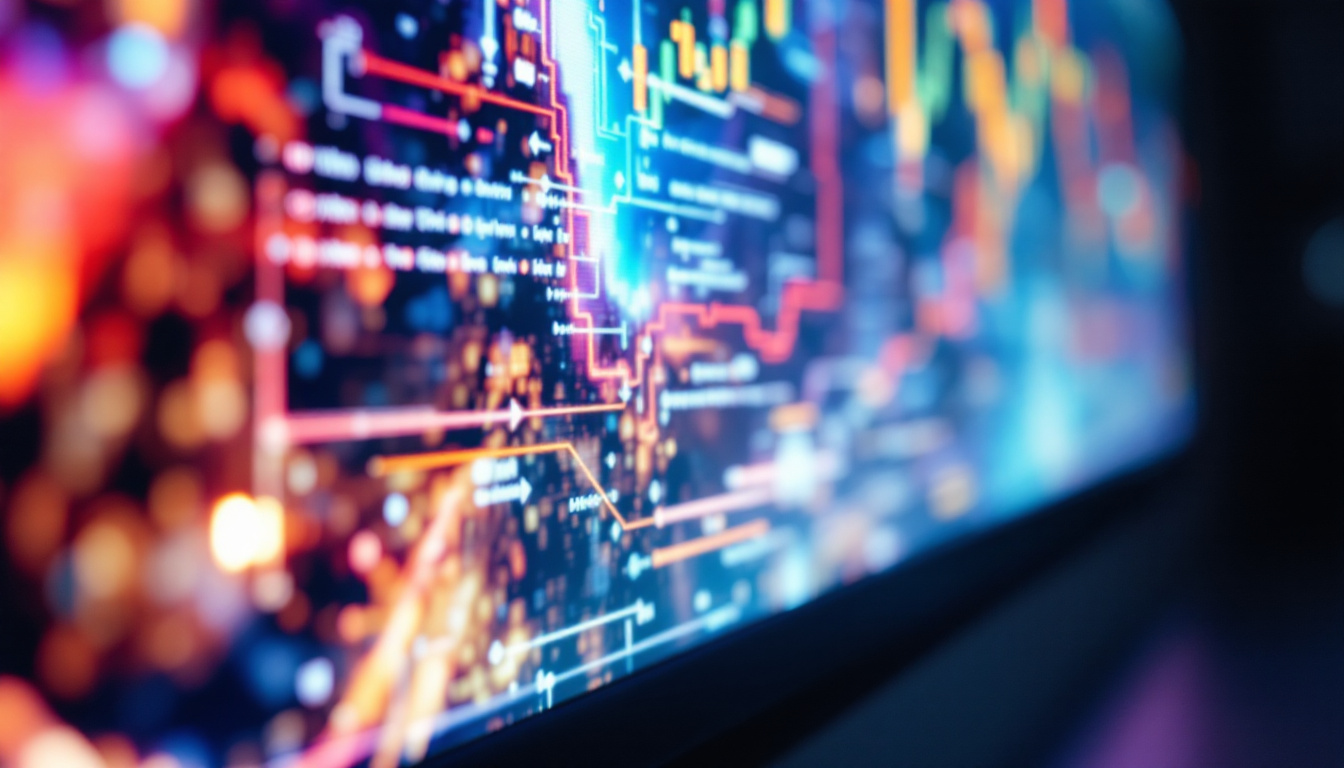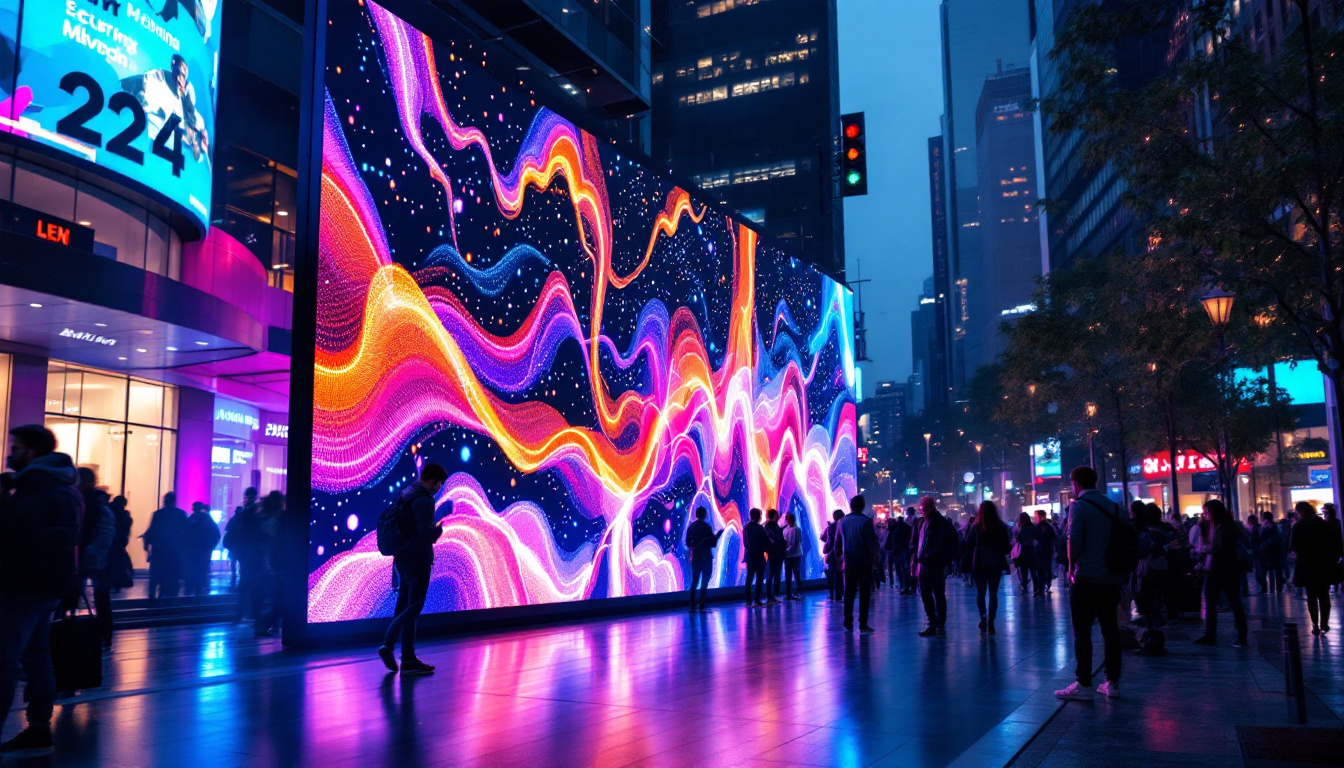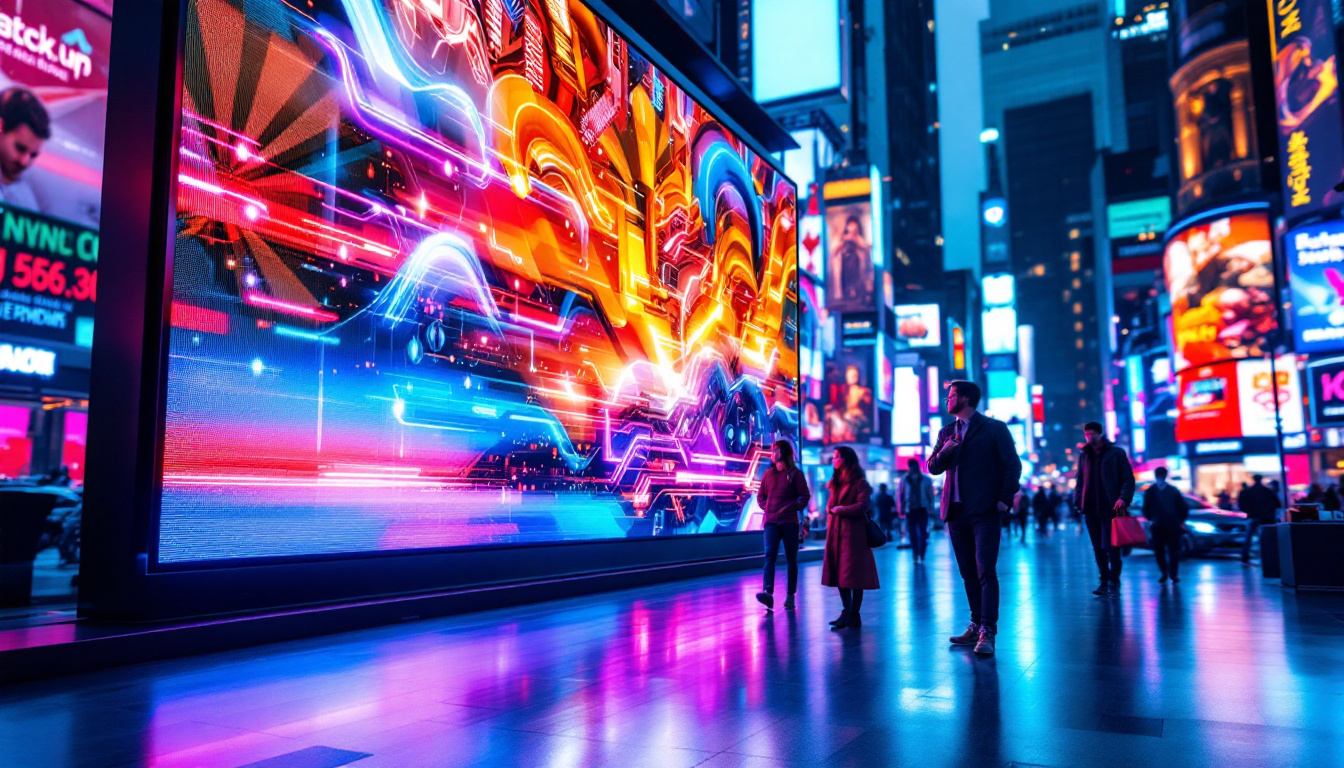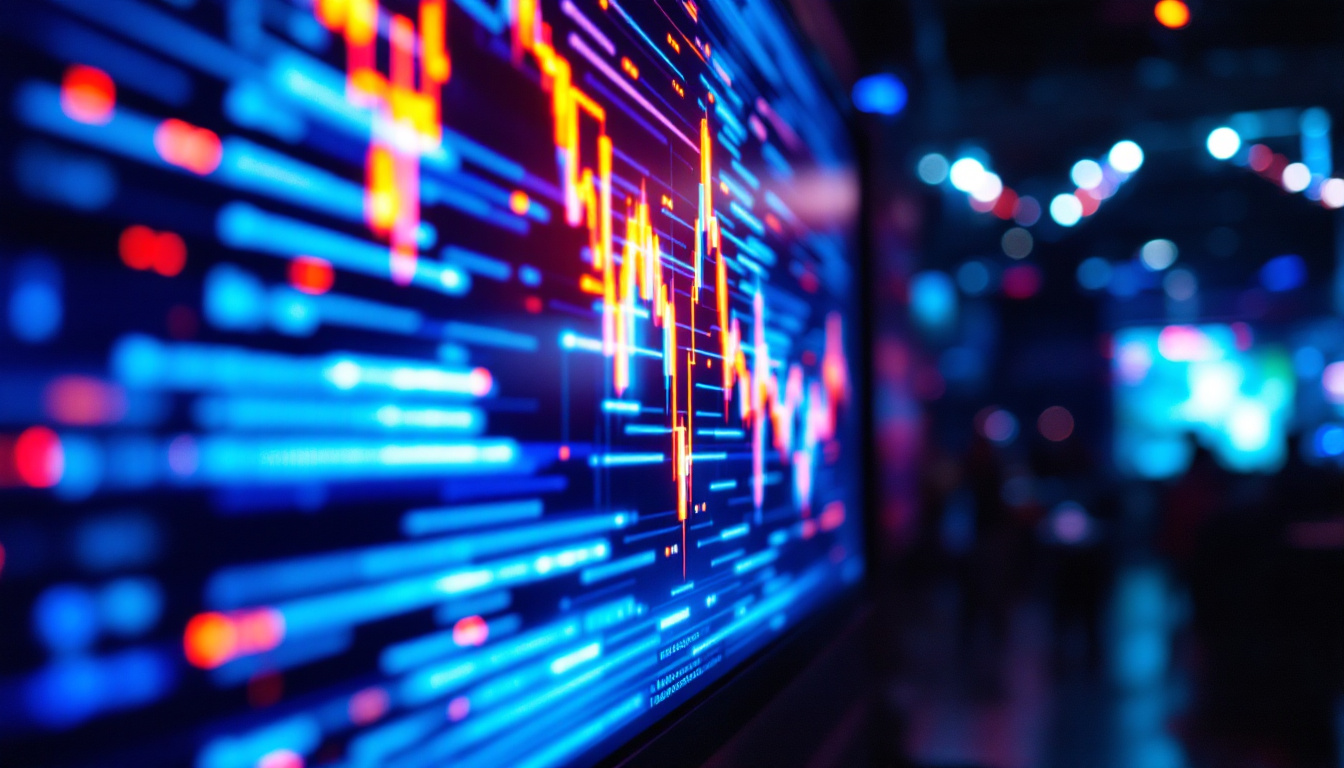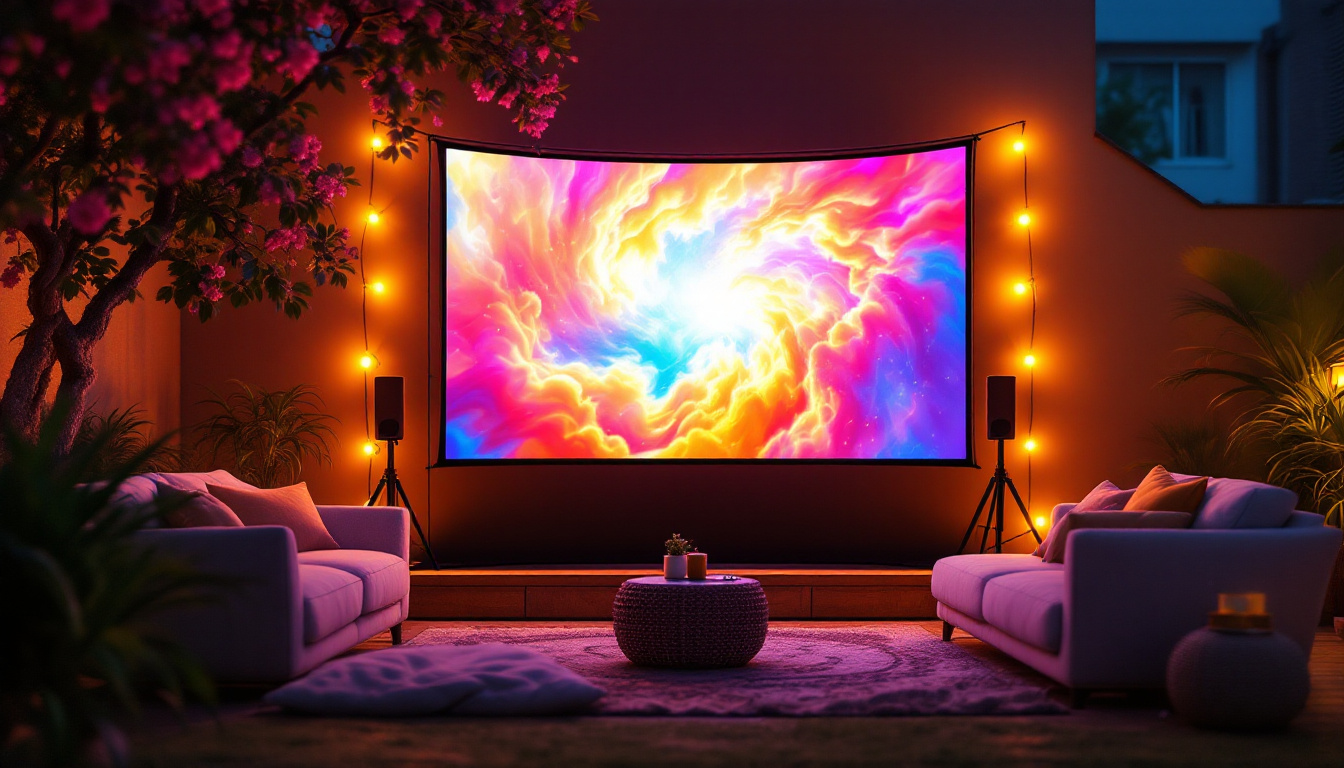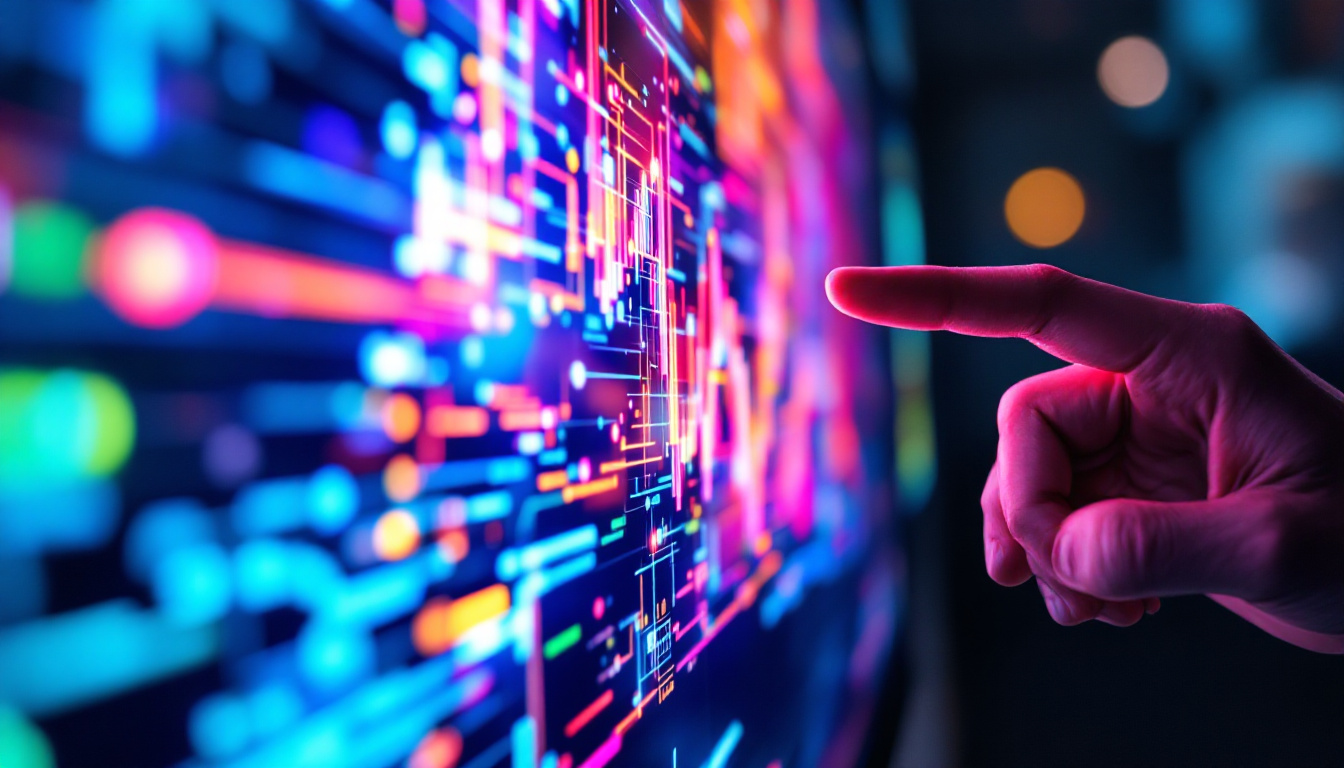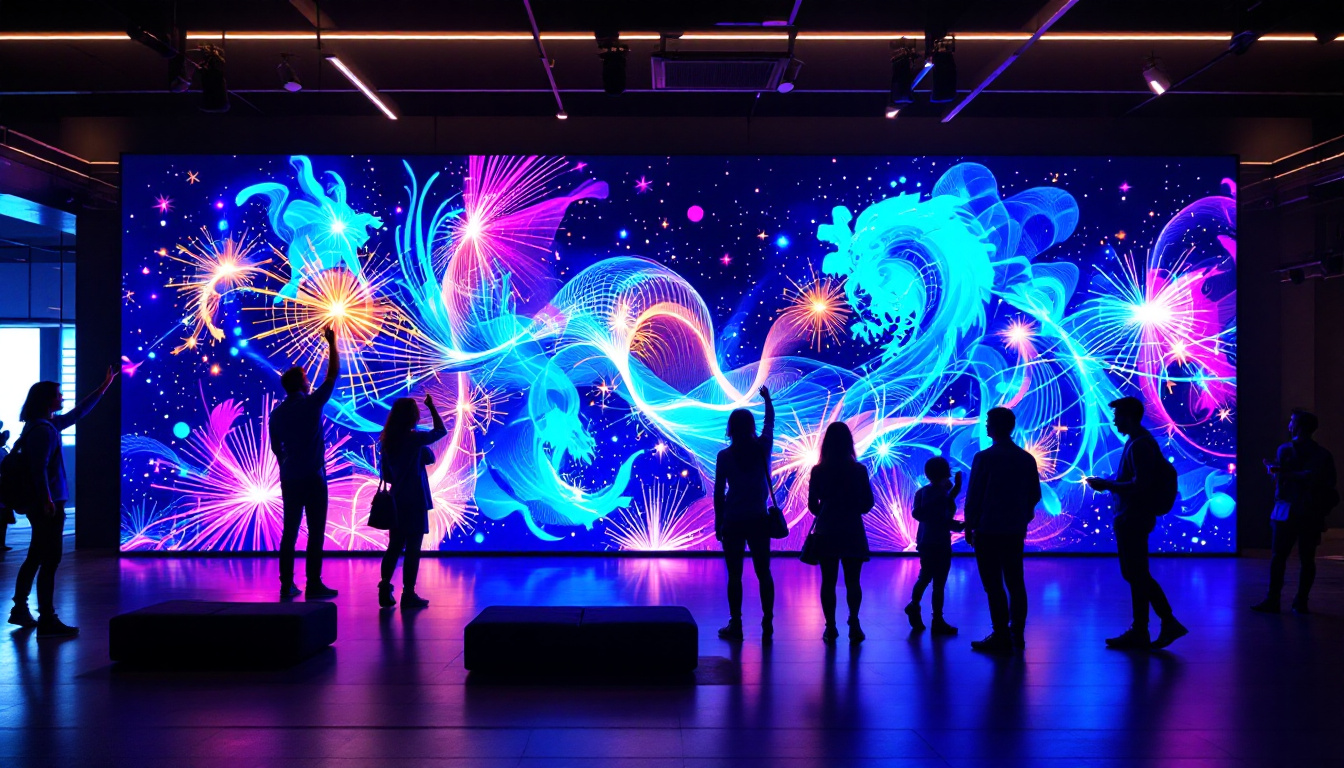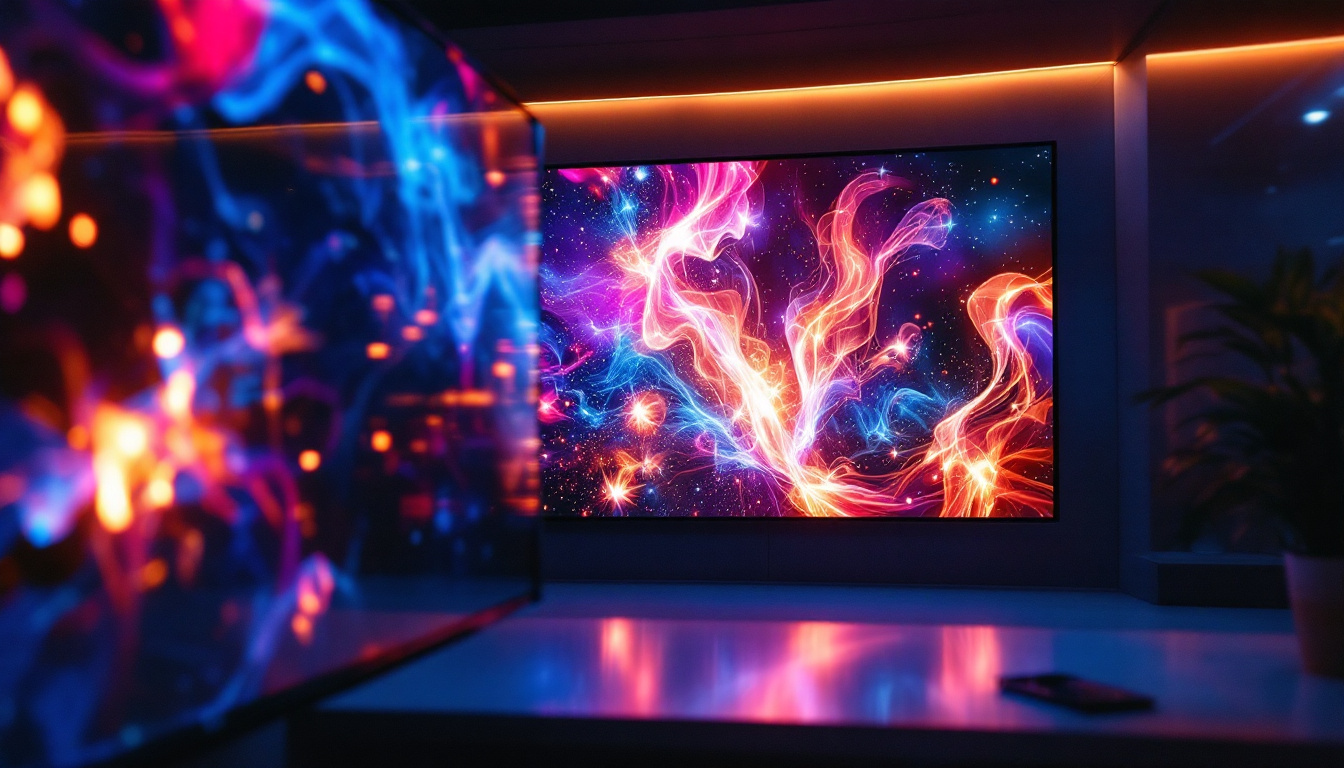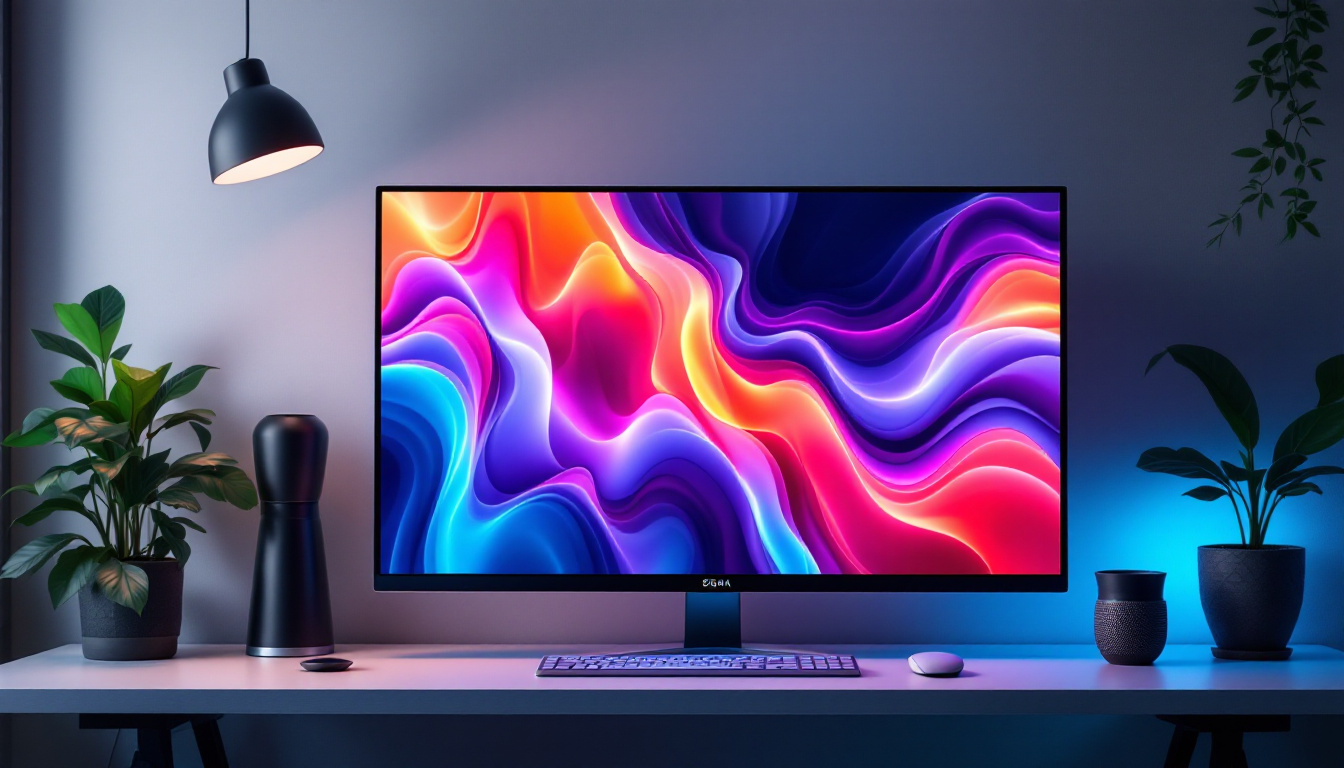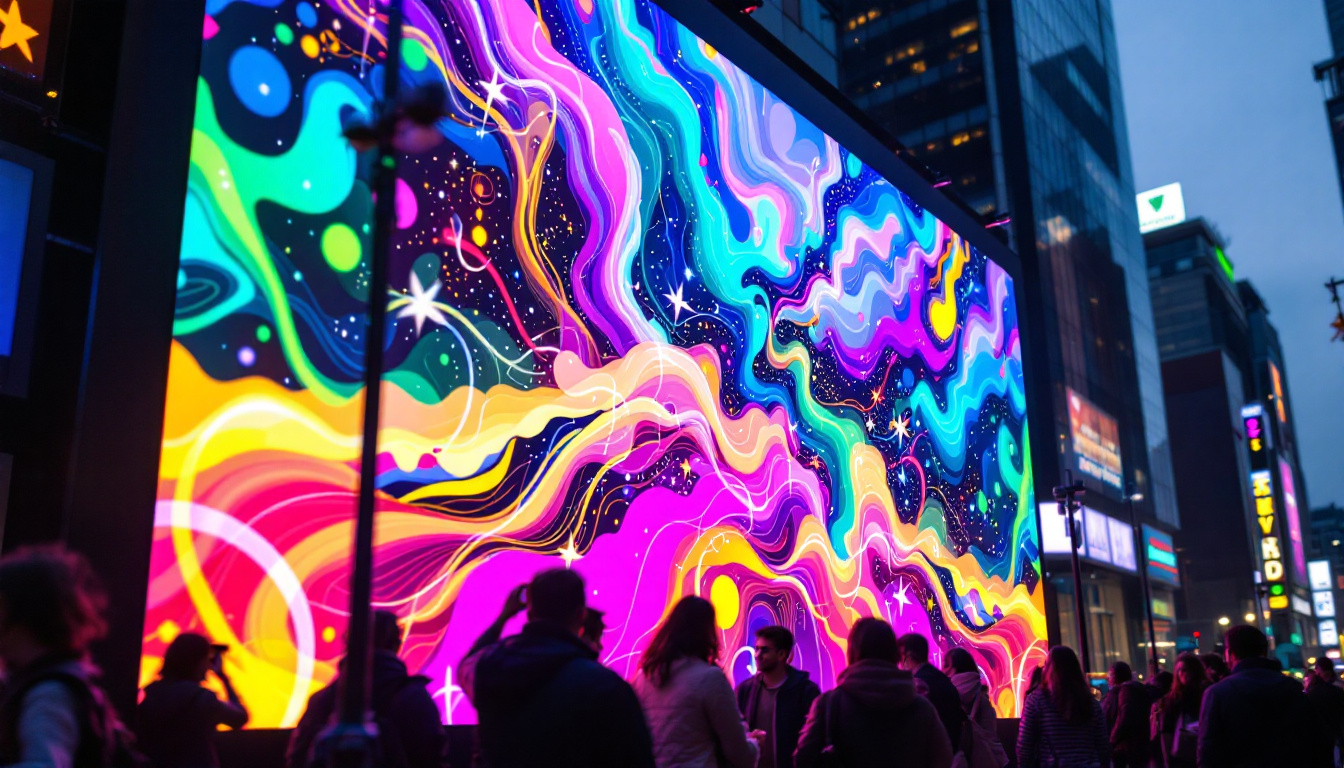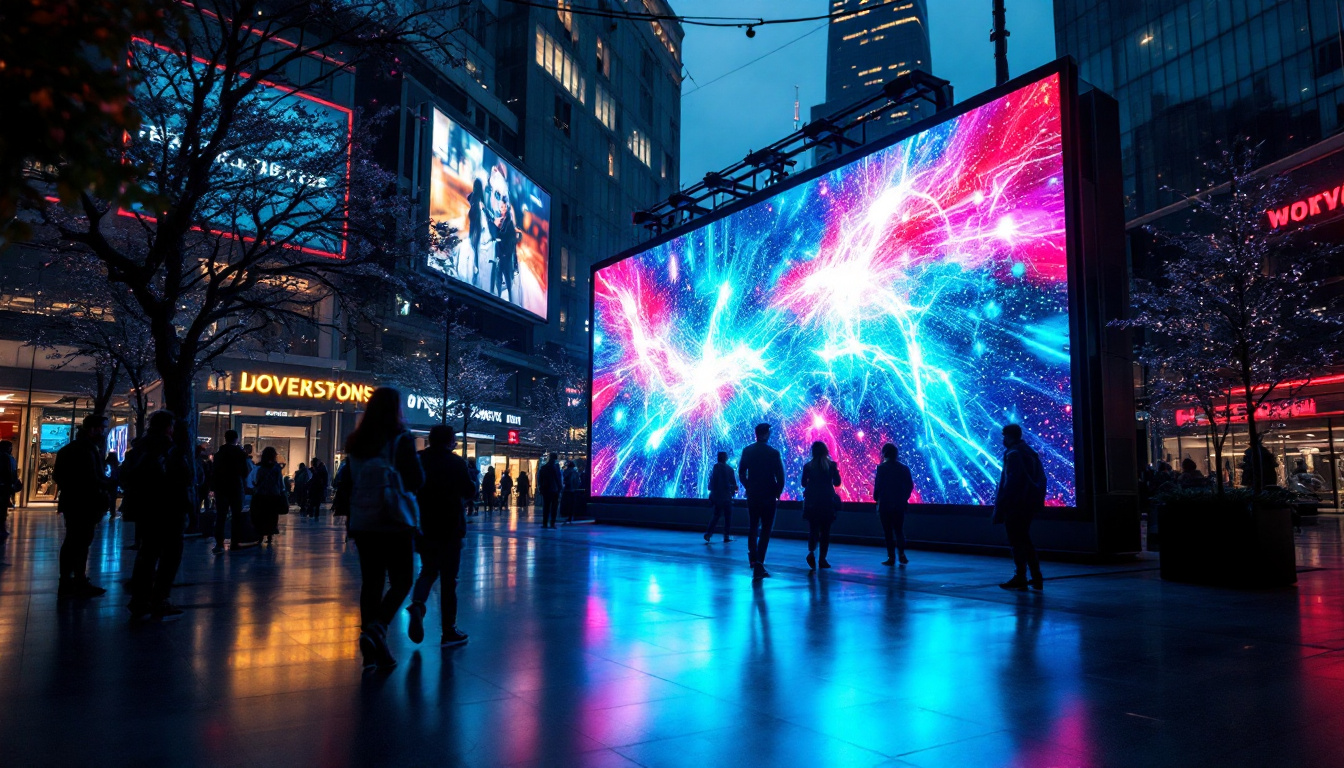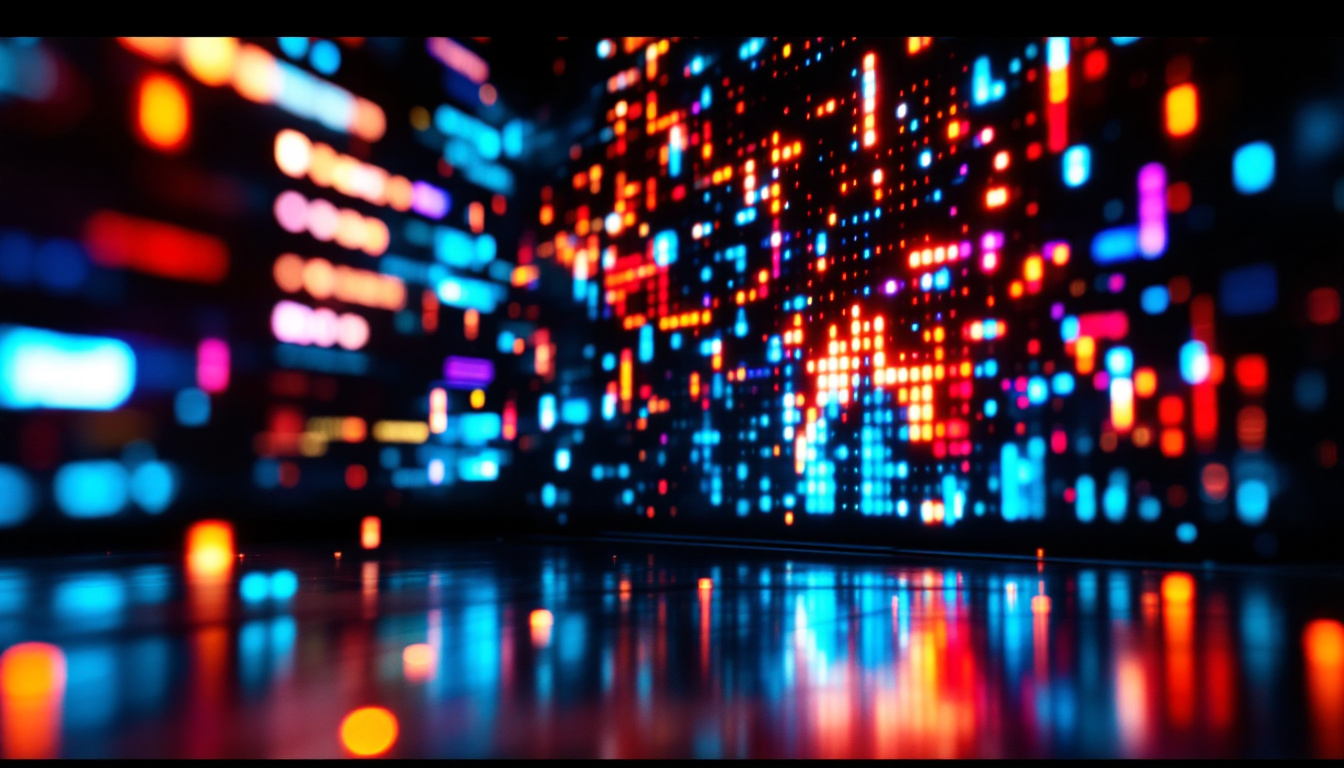In the modern world, LED displays have become ubiquitous, transforming how information is presented in various settings. From advertising billboards to televisions and smartphones, LED technology has revolutionized visual communication. This article delves into the intricacies of LED displays, exploring their functionality, advantages, and applications.
Understanding LED Technology
Light Emitting Diodes (LEDs) are semiconductor devices that emit light when an electric current passes through them. This basic principle underpins the functionality of LED displays, which consist of numerous individual LEDs arranged in a grid format. Each LED can emit different colors, allowing for the creation of vibrant images and videos. The versatility of LEDs has revolutionized the lighting and display industries, leading to their widespread adoption in everything from streetlights to smartphone screens.
The Science Behind LEDs
The operation of an LED is based on electroluminescence, a phenomenon where a material emits light in response to an electric current. When electrons move through the semiconductor material, they recombine with holes, releasing energy in the form of photons, which is visible light. This process is highly efficient, contributing to the popularity of LEDs in various applications. Additionally, the lifespan of LEDs far surpasses that of traditional incandescent bulbs, often lasting tens of thousands of hours, which not only reduces replacement costs but also minimizes waste.
Types of LED Displays
LED displays come in various forms, each designed for specific applications. The most common types include:
- Direct View LED Displays: These displays use individual LEDs to create images directly visible to the viewer. They are often used in large outdoor billboards and indoor screens, providing bright and clear visuals even in direct sunlight.
- LED Backlit Displays: In these displays, LEDs are used as a backlight for LCD screens, enhancing brightness and color accuracy. They are prevalent in televisions and computer monitors, allowing for thinner designs and improved energy efficiency compared to traditional fluorescent backlighting.
- Organic LED (OLED) Displays: OLED technology employs organic compounds that emit light, allowing for thinner displays with better contrast and color depth. They are commonly found in high-end smartphones and televisions, offering deeper blacks and a wider color gamut, which enhances the viewing experience.
Furthermore, advancements in LED technology have led to the development of MicroLED displays, which utilize microscopic LEDs to create even more detailed images with improved brightness and energy efficiency. These displays promise to push the boundaries of screen resolution and color accuracy, making them ideal for applications in virtual reality and augmented reality. As the technology continues to evolve, we can expect to see even more innovative uses of LEDs in various sectors, including automotive lighting, architectural designs, and smart home devices, highlighting their adaptability and potential for future growth.
Advantages of LED Displays
LED displays offer numerous benefits that have contributed to their widespread adoption across various industries. Understanding these advantages can help businesses and consumers make informed decisions about their display needs.
Energy Efficiency
One of the most significant advantages of LED displays is their energy efficiency. Compared to traditional incandescent bulbs and even fluorescent lights, LEDs consume significantly less power while providing the same or greater brightness. This efficiency translates to lower electricity bills and a reduced carbon footprint, making LEDs an environmentally friendly choice. Moreover, the reduced energy consumption also means that less heat is generated, which can lead to lower cooling costs in environments where multiple displays are used, such as shopping malls or sports arenas.
Longevity and Durability
LED displays are known for their impressive lifespan. While traditional light sources may last a few thousand hours, LEDs can operate for tens of thousands of hours before experiencing a noticeable decline in brightness. Additionally, LEDs are more resistant to shock and vibration, making them suitable for various environments, including outdoor installations. This durability is particularly beneficial for businesses that rely on displays for continuous operation, as it minimizes the need for frequent replacements and maintenance, ultimately leading to cost savings over time.
High-Quality Visuals
The ability of LED displays to produce high-quality visuals is another compelling advantage. With vibrant colors, deep blacks, and high contrast ratios, LED technology delivers stunning images and videos. This quality is particularly important in applications such as advertising, where capturing attention is crucial. Furthermore, the rapid response time of LEDs allows for smooth motion graphics and video playback, enhancing the viewer’s experience. This capability is invaluable in dynamic settings like concerts or sporting events, where engaging visuals can significantly elevate the atmosphere and excitement.
Versatility in Applications
Another noteworthy advantage of LED displays is their versatility in applications. From large-scale outdoor billboards to compact indoor screens, LEDs can be tailored to fit a wide range of sizes and formats. This adaptability makes them suitable for various settings, including retail environments, public transportation systems, and corporate presentations. Additionally, advancements in LED technology have led to the development of flexible displays, which can be bent or shaped to fit unconventional spaces, further expanding their usability. This flexibility allows businesses to create unique and eye-catching displays that stand out in a crowded marketplace.
Low Maintenance Requirements
LED displays also boast low maintenance requirements, which is a significant advantage for businesses looking to minimize operational disruptions. Unlike traditional displays that may require frequent bulb replacements or extensive cleaning, LED screens are designed for longevity and ease of care. Many models come with protective coatings that resist dust and moisture, reducing the frequency of maintenance tasks. This reliability not only saves time and effort but also ensures that displays remain in optimal condition, consistently delivering high-quality visuals without interruption.
Applications of LED Displays
The versatility of LED displays allows them to be used in a wide range of applications. From commercial advertising to entertainment and information dissemination, their impact is felt across various sectors.
Advertising and Marketing
LED displays have become a staple in advertising and marketing strategies. Their ability to display dynamic content, including videos and animations, allows businesses to engage audiences effectively. Outdoor LED billboards, for example, can capture the attention of passersby with eye-catching visuals and timely promotions. Additionally, the use of LED technology in retail environments has transformed the shopping experience; stores can showcase vibrant product displays and seasonal campaigns that change in real-time, drawing customers in and enhancing brand visibility.
Entertainment and Events
In the entertainment industry, LED displays play a crucial role in enhancing the audience experience. Concerts, festivals, and sporting events often feature large LED screens that provide real-time visuals, ensuring that even those seated far from the stage can enjoy the performance. The flexibility of LED technology allows for creative stage designs and immersive experiences. Moreover, advancements in LED technology have led to the development of flexible and transparent displays, which can be integrated into various environments, such as theaters and theme parks, creating a seamless blend of digital and physical experiences that captivate audiences.
Information Display
LED displays are also widely used for information dissemination in public spaces. Airports, train stations, and shopping malls utilize LED screens to convey important information, such as flight schedules, train times, and promotional messages. Their visibility and clarity make them ideal for communicating essential updates to large crowds. Furthermore, LED displays are increasingly being employed in smart city initiatives, where they serve as interactive information hubs that provide real-time data on traffic conditions, weather updates, and local events, thus enhancing the overall urban experience for residents and visitors alike.
The Future of LED Display Technology
The future of LED display technology looks promising, with ongoing advancements that continue to push the boundaries of what is possible. As technology evolves, several trends are emerging that will shape the future of LED displays.
Improved Resolution and Pixel Density
As consumer demand for high-quality visuals grows, manufacturers are focusing on improving the resolution and pixel density of LED displays. This trend is particularly evident in the rise of MicroLED and MiniLED technologies, which offer higher pixel densities and better color accuracy. These advancements will enable even more detailed and vibrant displays, enhancing the viewing experience.
Integration with Smart Technologies
With the rise of the Internet of Things (IoT), LED displays are increasingly being integrated with smart technologies. This integration allows for real-time content updates, remote management, and interactive features. For instance, smart LED displays can adjust their brightness based on ambient light conditions, optimizing energy consumption and enhancing visibility.
Sustainability Initiatives
As environmental concerns continue to rise, manufacturers are focusing on sustainability initiatives in LED display production. This includes using eco-friendly materials, reducing waste, and improving energy efficiency. The shift towards sustainable practices will not only benefit the environment but also appeal to consumers who prioritize eco-conscious products.
Conclusion
LED displays have transformed the way information is presented and consumed in various sectors. Their energy efficiency, longevity, and ability to deliver high-quality visuals make them an attractive choice for businesses and consumers alike. As technology continues to advance, the future of LED displays promises even more exciting developments, ensuring their place as a vital component of modern communication and entertainment.
In a world where visual engagement is paramount, understanding the intricacies of LED displays is essential for anyone looking to leverage this technology effectively. Whether in advertising, entertainment, or information dissemination, LED displays will continue to play a significant role in shaping how messages are conveyed and experienced.
Explore Cutting-Edge LED Display Solutions with LumenMatrix
Ready to elevate your visual communication with the latest in LED display technology? LumenMatrix is at the forefront of innovation, offering a diverse range of LED display modules designed to captivate and engage your audience. From the vibrancy of an Indoor LED Wall Display to the dynamic impact of a Vehicle LED Display, our solutions are tailored to meet your unique needs. Discover how our LED Sports Displays, Floor LED Displays, and Custom LED Displays can transform your space and message. Embrace the future of digital signage with LumenMatrix and create experiences that resonate. Check out LumenMatrix LED Display Solutions today and see the difference for yourself.

